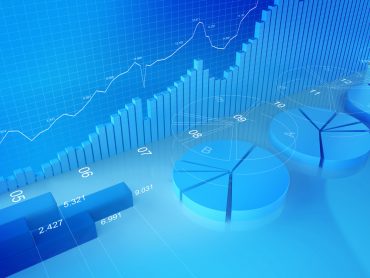
The time has come for advertisers to embrace IoT and its possibilities.
Advertisers can’t ignore IoT – it’s too attractive. Savvy media companies need to wrap their arms and minds around IoT, according to a report from Ernst & Young. The goal is to get feedback through devices, and use that feedback to sell you something.
According to the report: “Much of the current development in IoT has focused on industrial opportunities. However, IoT for media consumers can open up new, intimate entertainment experiences.”
Sensors measure physical inputs and transform them into raw data. This data is then digitally storable for access and analysis. An example would be to use your smart phone to track your movements throughout a store to optimize product placements, or understanding the amount of miles traveled in a day to determine the marketing of cars. That kind of stuff.
Through IoT, media companies should be able to learn more about you, such as:
- “How many exposures led to a conversion? In what context was an ad most successful?
- How many times did a person really ‘see’ an ad?
- How many exposures are unique individuals vs. the same person on multiple platforms?”
Kind of scary stuff, when you think about what advertisers already know about us. We give up information everyday using social media, which allow advertisers to re-direct ads to meet changing needs and perceptions. Moreover, I’ve built “recommendation engines” for retailers in the past that could determine your sex, income, interests, even political leanings, all from your behavior in moving through a retail Web site, with the objective to recommend products that are specifically targeted to you.
However, IoT is much more. This is the media being passively invasive by observing people, perhaps when they do not know they are being observed. We are opting in when we don wearables (e.g., smart watches), carry a smart phone, drive a car, install IoT-enabled thermostats, and egg tray monitoring systems (not kidding). The sky’s the limit, when you consider our thirst for automation and convenience.
Key to this is data analysis. Or, the ability to cull through petabytes of information to determine patterns. These patterns will help media companies understand such random activities such as the effectiveness of ads, buying patterns, or the success of a product line, and do so in pretty much real time. It’s a game changer for the ad industry that, until now, basically tossed ads at the marketplace without an understanding of their effect until the sales began to roll in, or not.
So, what does this mean for you? Well, if you’re a consumer, which we all are, you’re going to be understood a bit better than you were before. Targeted ads will likely show up at times, which could creep you out. If you’re an advertiser, you’ll have access to much more data than ever before, which will provide the ability to make better decisions around demand creation.
Long and short of it, less privacy, more effective ads…not sure what to think about it just yet.





























